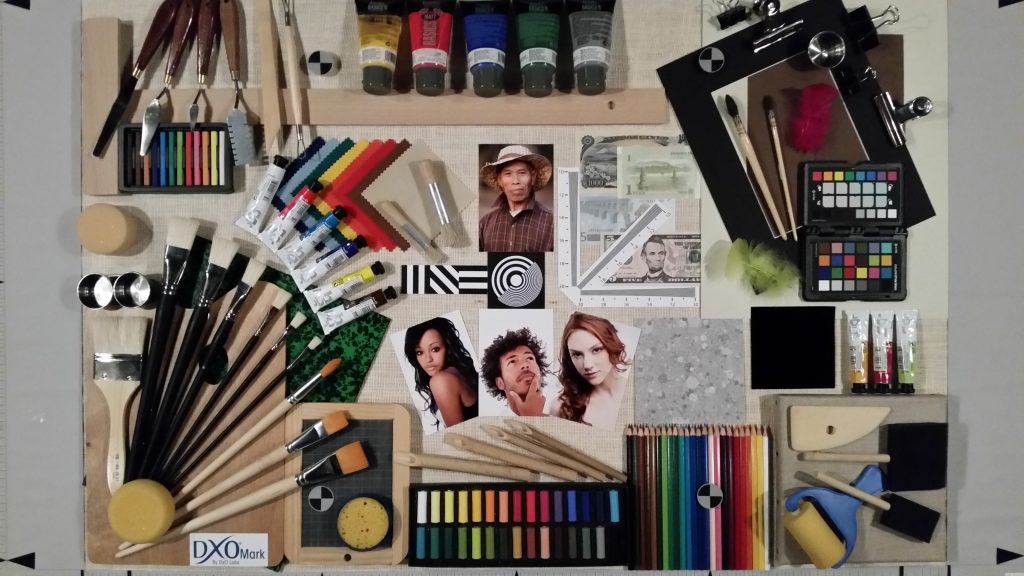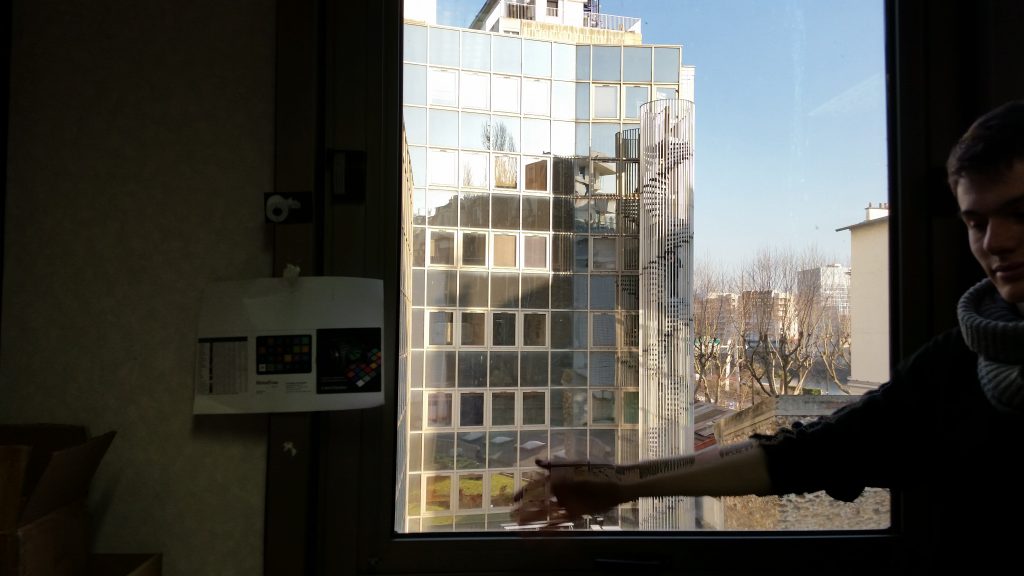Released in April 2014, the Samsung Galaxy S5 features a Qualcomm Snapdragon 801 high-end chipset and a 5.1″ Full-HD display, all encased in a dust- and water-resistant plastic body. In the camera module, a 16 Mp image sensor is coupled with a f/2.2 aperture lens that provides an equivalent focal length of 31mm. In video mode, the S5 is capable of recording 4K footage at 30 frames per second. Have a look at our detailed scores below to see how Samsung’s 2014 Android flagship performed in our DxOMark Mobile image quality test.
Key specifications:
- 16 Mp 1/2.6″ sensor with 1.12µm pixels
- f/2.2 aperture lens
- 31mm equivalent focal length
- PDAF
- LED flash
- 4K video at 30 fps
- 2 Mp front camera with f/2.4 aperture lens
Test summary
The Samsung Galaxy S5 captures images with vivid and generally pleasant colors and low levels of noise in most situations. Dynamic range is limited, however, resulting in occasional highlight clipping, and we found the autofocus becoming quite unreliable when shooting at lower light levels. In video mode, the camera is capable of producing footage with good levels of detail and low noise, but image stabilization is not very efficient, and as with stills mode, the autofocus is a little unstable when the light gets dim.


Pros
- Noise fairly well under control in most conditions
- Vivid and pleasant colors in bright light and indoor conditions
Pros
- Fairly good detail in bright light and indoor conditions
- Noise is fairly well-controlled in most testing conditions
Cons
- Inefficient stabilization
- Unstable autofocus in indoor conditions







DXOMARK encourages its readers to share comments on the articles. To read or post comments, Disqus cookies are required. Change your Cookies Preferences and read more about our Comment Policy.